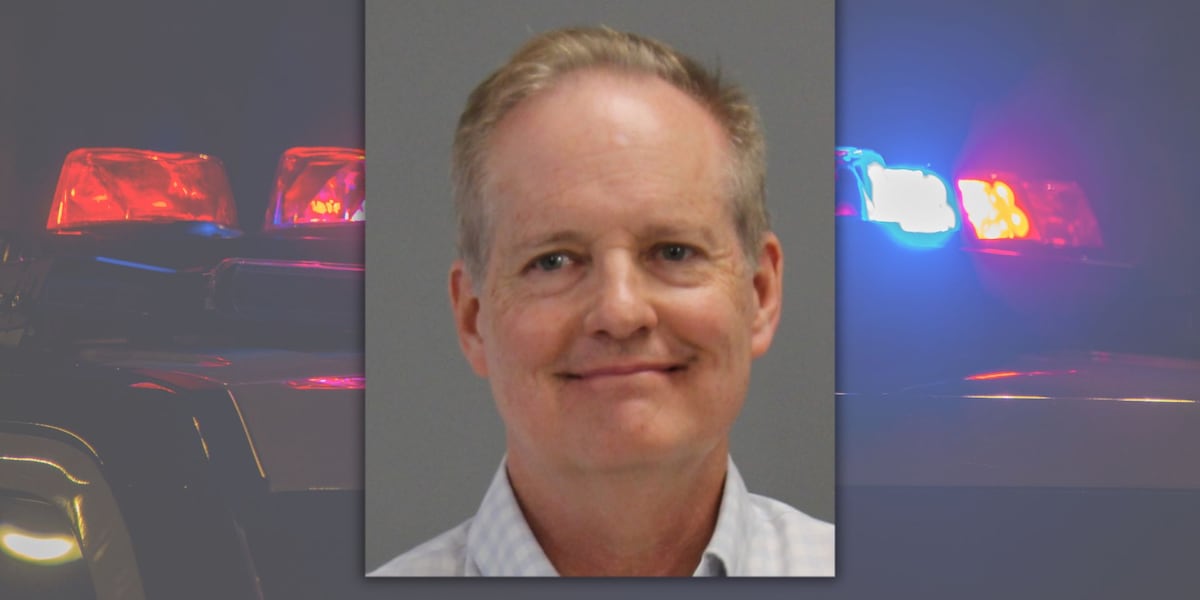Did a College Professor Really Expose Himself to Students at the Activity Center?

Understanding the Indecent Exposure Case Involving a Texas A&M University Professor
In a shocking turn of events, Russell Taylor Johns, a newly appointed professor at Texas A&M University, has been arrested on charges of indecent exposure. The incident allegedly took place at the University of Texas at Austin earlier this year. With the focus now on this case, it's essential to understand the implications of such allegations, the legal framework surrounding indecent exposure, and the potential impact on the academic community.
The Incident: What Happened?
According to court documents, the alleged incident occurred on April 29 at the William C. Powers Student Activity Center on the University of Texas campus. Witnesses reported that Johns exposed himself and was seen engaging in inappropriate behavior while staring at female students. This alarming behavior was first addressed by university police, who issued a criminal trespass warning after interviewing the alleged victim, a Spanish speaker.
Days later, officers fluent in Spanish managed to conduct a follow-up interview, during which the victim clarified that Johns had been staring at two female students while exposing himself. This clarity prompted further investigation, ultimately leading to the issuance of a warrant for Johns' arrest by the University of Texas Police Department.
Legal Ramifications of Indecent Exposure
Indecent exposure is classified as a misdemeanor in Texas, carrying significant legal consequences. The charge is punishable by up to 180 days in jail and a $2,000 fine. The severity of the charge often depends on the context of the act, the intent behind it, and whether it was witnessed by minors.
For individuals in academic positions, such allegations can lead to not only legal troubles but also professional repercussions. Many universities have strict codes of conduct that govern faculty behavior, and violations can lead to immediate disciplinary action, including suspension or termination.
Impact on the Academic Community
The arrest of a faculty member, especially one hired to contribute to the educational mission of a university, raises questions about the institution's hiring practices and oversight. Texas A&M University confirmed Johns' hiring in July, stating that his experience and knowledge would benefit their engineering department. However, following the arrest, the university has refrained from commenting on his employment status, noting that he had not yet begun teaching.
The situation has sparked discussions among students and faculty about the importance of maintaining a safe and respectful learning environment. It also highlights the necessity for universities to conduct thorough background checks and ensure that faculty members uphold the highest ethical standards.
Public Response and Social Media Reactions
As news of the incident spreads, public reaction has been mixed. Many individuals have expressed outrage over the allegations, emphasizing the need for accountability in positions of authority. Social media platforms have been abuzz with discussions regarding the incident, with users sharing their thoughts on the implications for university policies and the broader academic environment.
Others have raised concerns about the impact of such incidents on the reputation of educational institutions. The actions of one individual can tarnish the image of an entire department or university, leading to calls for more rigorous standards in hiring and faculty oversight.
The Role of University Policy in Managing Allegations
Universities typically have established protocols for handling allegations of misconduct, which include investigation procedures and reporting mechanisms. These policies aim to protect both the alleged victims and the accused, ensuring that all parties are treated fairly throughout the process.
In the case of Russell Taylor Johns, the Texas A&M University administration will need to navigate the complexities of this situation carefully. They must balance the need for transparency with the legal rights of the accused, all while maintaining the integrity of their academic environment.
What Lies Ahead for Johns?
Following his arrest, Johns was booked into the Brazos County Detention Center and later released on a $7,000 bond. As part of his bond conditions, he is required to avoid contact with the alleged victims and submit to random drug testing. The legal proceedings will unfold in the coming weeks, and the outcomes will likely have lasting implications for both Johns and the institutions involved.
For now, the academic community watches closely as the case develops, aware that such incidents can significantly impact the educational landscape. The importance of maintaining a respectful and safe environment for all students and faculty cannot be overstated.
Conclusion: The Importance of Accountability in Academia
The case against Russell Taylor Johns serves as a crucial reminder of the importance of accountability within the academic sphere. As educators, faculty members hold a position of trust and responsibility, and any breach of that trust can have devastating effects on students and the institution as a whole.
As we await the outcomes of this case, it is essential to reflect on the broader implications for university policies and the standards of conduct expected from those in positions of authority. Will institutions take stronger measures to ensure the safety and well-being of their students? Only time will tell.
FAQs
What constitutes indecent exposure in Texas?
Indecent exposure in Texas generally involves exposing one's genitals or engaging in sexual conduct in public view, which can result in misdemeanor charges.
What are the potential consequences of a conviction for indecent exposure?
A conviction for indecent exposure in Texas can lead to up to 180 days in jail and a fine of up to $2,000. There may also be long-term consequences, including damage to one’s professional reputation.
How do universities handle allegations of misconduct against faculty members?
Universities typically have established procedures for investigating allegations of misconduct, which may include internal reviews, hearings, and potential disciplinary actions ranging from suspension to termination.
As we reflect on this incident, it raises important questions about the standards we expect from our educators and the systems in place to protect students and the integrity of academic institutions. How can universities strengthen their policies to prevent similar incidents in the future? #Accountability #HigherEducation #IndecentExposure
```Published: 2025-08-16 06:05:19 | Category: Trump GNEWS Search



